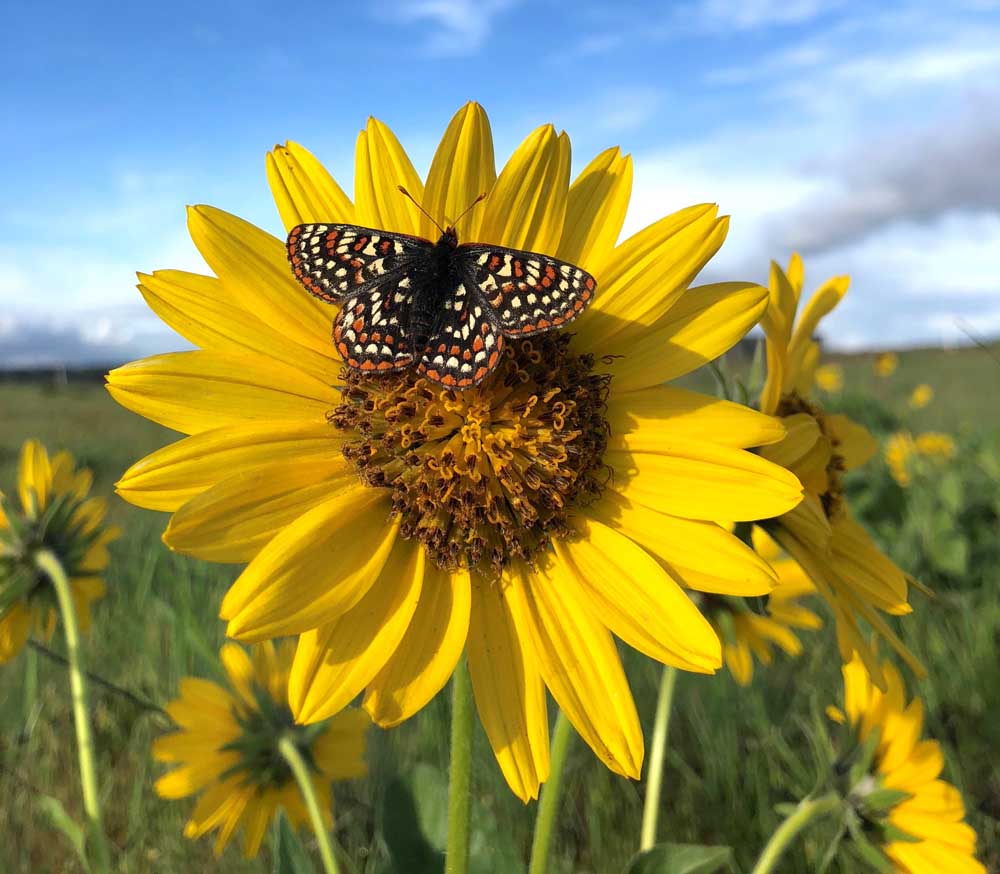Online Auction – Corbett Estate Auction
Corbett Estate Auction Date(s) 4/14/2025 - 4/30/2025 Bidding Opens April 14th at 5pm (pst) Bidding Starts to Close April 30th at 5pm (pst) OFFSITE AUCTION - All items located in […]
Published 7:00 am Thursday, August 10, 2023

Strict pesticide restrictions proposed by the Environmental Protection Agency in large swaths of western Washington and Oregon are considered overkill by both farm and environmental advocates, who want to persuade the agency the restrictions should be scaled back or replaced with less drastic measures.
We can’t remember the last time these two normally disparate groups were in agreement, particularly against the EPA. Unicorns do exist.
This particular program needs to be scaled back. At the same time, farm interests need to take a skeptical look at EPA’s broader plan.
At issue in the Northwest is a proposed EPA restrictions meant to help the Taylor’s checkerspot butterfly — one of 27 species across the country for which the agency has formulated pilot programs to protect.
Under EPA’s proposal, aerial and broadcast spraying of all conventional pesticides would be prohibited with some exemptions, such as indoor, residential and “small scale spot-treatment applications.”
The limitation would apply to more than a million acres in the western and southern portions of Oregon’s Willamette Valley and on lands surrounding Washington’s Puget Sound.
Most of the land marked for restrictions isn’t habitat for the Taylor’s checkerspot because it is under cultivation.
“It’s incredibly extreme and unnecessary,” said Katie Murray, executive director of the Oregonians for Food and Shelter agribusiness group.
The Center for Biological Diversity environmental group supports stronger pesticide regulations, but doesn’t want needless impacts on agriculture to blow back on the agency.
“We actually agree the areas they’ve proposed for avoidance are over-broad,” Lori Ann Burd, a senior attorney with the nonprofit, told the Capital Press. “This is one rare moment we can say we agree: This is excessive.”
It is excessive.
EPA doesn’t think a million acres is excessive.
“EPA acknowledges that this is a broad approach with many strict mitigations, but it is important to note that this pilot project is applied to a relatively small area and is intended to protect the most vulnerable species,” according to the EPA’s plan draft.
“A relatively small area.” A million acres.
Ag interests and environmentalists both say they think EPA can be convinced to pull back its restrictions to a much smaller area — one that better matches the butterfly’s current habitat.
We’ll keep a good thought, but we have reservations after having read the EPA’s own material about what it hopes might come from the pilot programs.
“EPA may consider whether the mitigation measures developed for the pilot species apply to others in the same area. EPA expects to make a final determination in 2024 on whether and how it could expand the approach used in the Vulnerable Species Pilot to other selected vulnerable species.”
That sounds a lot like EPA is just warming up. If these restrictions on a million acres work for the Taylor’s checkerspot or any of the other species in the 26 other pilot programs, wouldn’t they work for another “vulnerable” species within the small area?
We wish ag and environmental groups the best of luck in getting EPA to scale back the Taylor’s checkerspot pilot program. Unfortunately, it’s possible that EPA has another plan in mind.